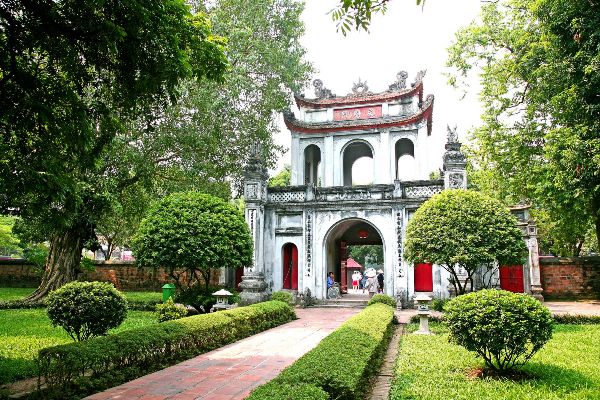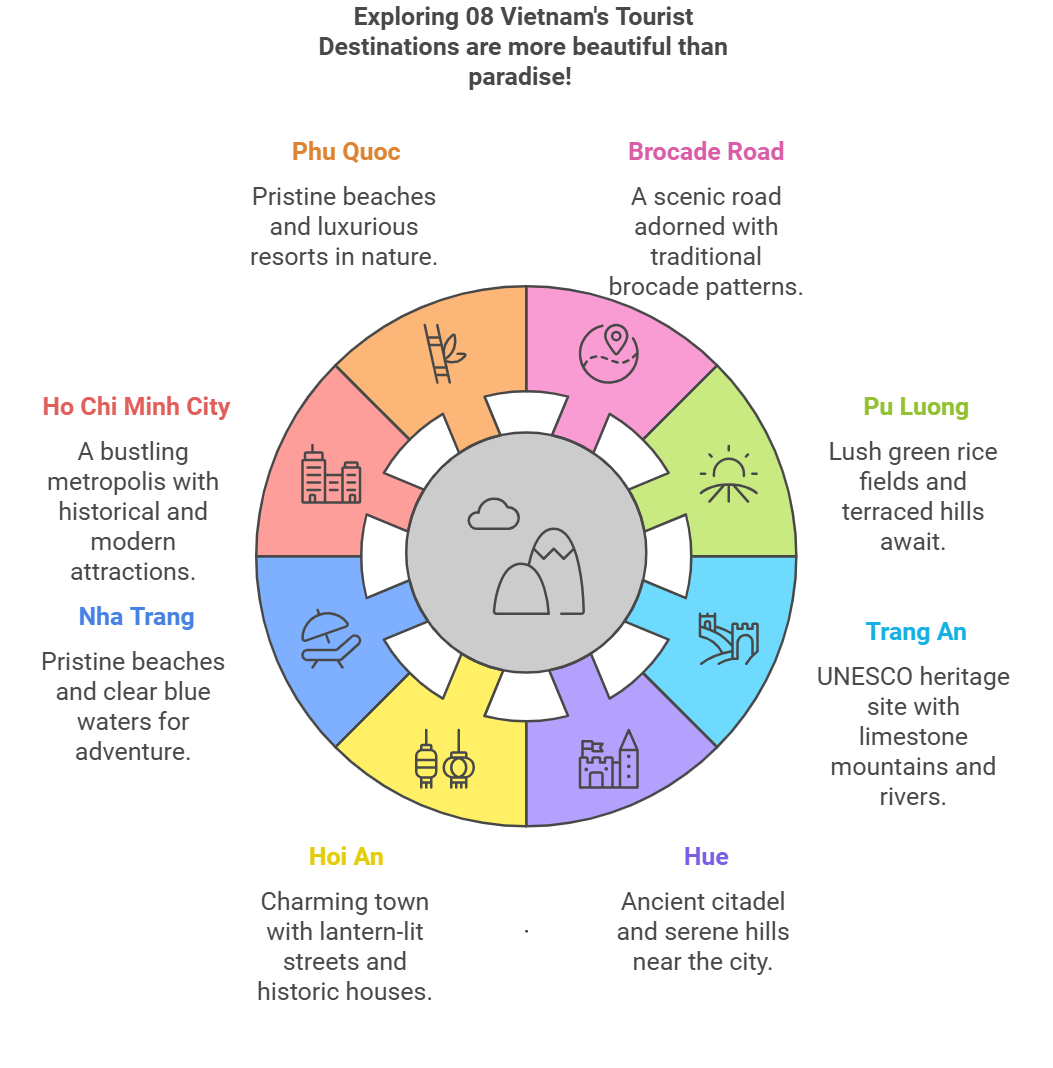The best time to visit Vietnam
Vietnam is nearly 1650km (1025 miles) from north to south – a length that ensures weather patterns vary widely, and that the best time to visit depends very much on your planned destinations and personal preferences. Most visitors will want to avoid the stormy season, especially in Northern Vietnam and Central Vietnam, as violent rainstorms often lead to flash floods, mudslides and road closures. In contrast, the southern storm season (June to November), while inconvenient, does not pose nearly as significant a risk to travelers.
The storm season starts from May and ends around October in the north; from September to December in the central coastal regions; and from May to August in the central highland regions.
Other than that, the country climate is separated into three general zones:
-
In North Vietnam (Hanoi, Sapa, Ha Giang, Halong Bay) in September and November or March and April, the weather is cool and dry and the local tourism sector is not overwhelmed by intra-Vietnamese travel. August and September are also Sapa’s harvest season and the best time to highland hills in vibrant bloom.
-
Central Vietnam (Hoi An, Nha Trang, Hue, Danang) is best visited from April to August, when you’ll avoid the worst of the storm and flood season and abundant sunshine will help you make the most of the white-sand beaches around Hoi An and Nha Trang.
-
We recommend visiting South Vietnam (Ho Chi Minh City, Mekong Delta, Phu Quoc) from October to April, after plentiful rains from the prior months ensure the rivers and channels of the Mekong Delta are abundantly fed, allowing for smooth travel through this maze of crisscrossing waterways.
We’d recommend avoiding visits during major holidays like Tet (the Vietnamese New Year, usually in late January or early February) due to soaring prices and booked-out accommodations.




